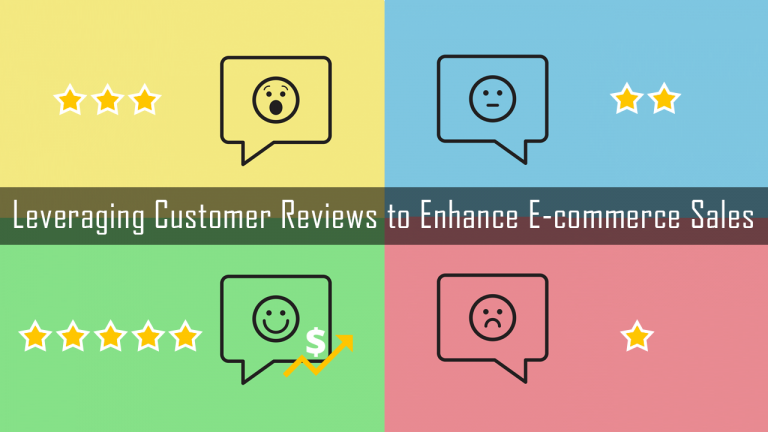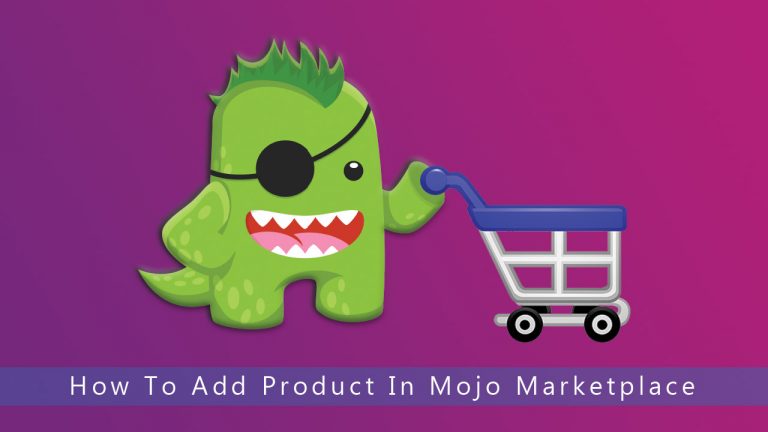As the popularity of the digital market grows, the number of online buyers is expected to hit the 2 billion figure by 2020. To cater to them, there are countless e-commerce stores competing neck to neck to gain an advantage over one another. As a new entrant in this extremely…










